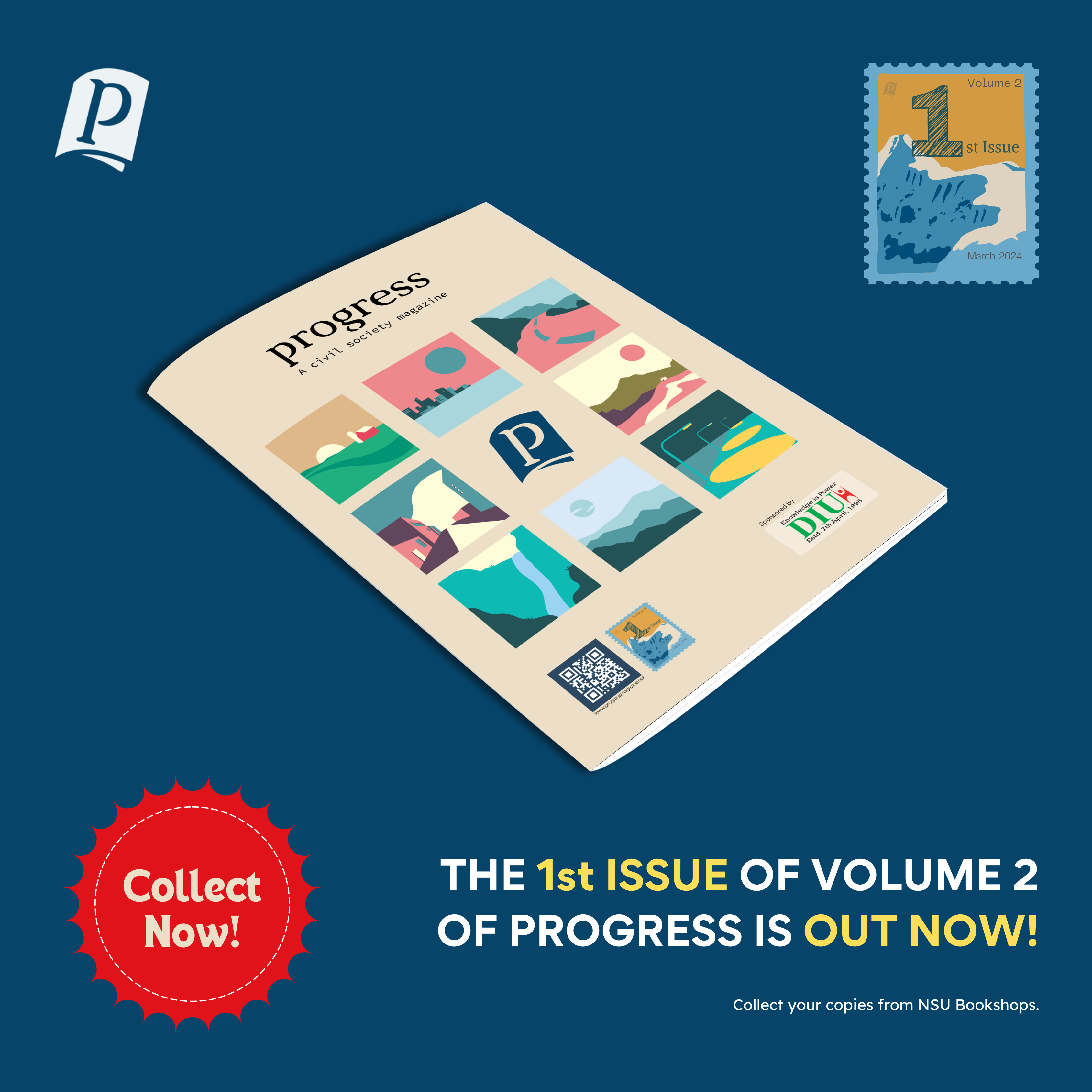Since its inception as a democracy in the middle of the 20th century, the political system of Nepal has gone through quite a few upheavals. It has been a monarchy, constitutional monarchy, Hindu Kingdom, unitary state, and federal state. Naturally, the Constitution of Nepal, too, has undergone some radical overhauls. So much so that its current Constitution, the Constitution of 2015, is its 7th Constitution in around eight decades. It is the first in the history of Nepal to be promulgated by an elected Constituent Assembly.
The author, Professor Bipin Adhikari, a veteran constitutional expert of Nepal, has divided the book into six neatly connected chapters. Neither too long nor too short makes it a highly readable text. Chapter One provides a good overview of the constitutional journey of Nepal with a particular focus on the background of the Constitution of 2015. Chapter Two delves into the preambular pledges of the Constitution. It skillfully demonstrates how the tension among different factions in the Constituent Assembly meant that many provisions found quite detailed expressions than what is otherwise common in most other constitutions. Chapter Three, the largest of the book, presents the key features of the Constitution of 2015. This chapter observes that the Constitution incorporates all features which are indispensable for a well-functioning federalism in Nepal. Chapter Four focuses on five key constitutional areas and juxtaposes some of the salient features of the Constitution of 2015 with those of its previous versions. Chapter Five, demonstrates that as extensive as the constitutional provisions have been, for them to be implemented, there has to be further amendments to the Constitution or lawmaking by the Parliament or interpretation by the Supreme Court. A distinct feature of this chapter is that it alludes to the geopolitical rivalry between two of its giant neighbours – India and China – and analyses how that impinges on the politics and constitutional journey of Nepal.
Chapter Six concludes the book in a very concise but insightful manner. It posits that the Constitution of 2015 is a progressive and modern document and has succeeded in implanting a seed of hope for harnessing peace and the rule of law in Nepal. It observes that the constitutional journey of Nepal hinges not only on its people and political parties but also on a crucial exogenous factor – the tolerant attitude of its two neighbouring states. Some of the observations in the concluding part of the book appear to be farsighted in that it seems to have rightly predicted that although the new Constitution has crafted federalism, it was uncertain that with an entrenched history of unitary state, to what extent the three tiers of the federal structure in Nepal – local, state, and federal governments – could thrive in Nepal. The concluding chapter also points out that except for very few – self-rule, sovereignty, and territorial integrity – the rest of the constitutional provisions are amendable. It calls on the legislature, particularly the majority, to keep the door open for reform through reasoned and dispassionate negotiations based on analysis of the text of the Constitution, not as manoeuvres to gain petty political advantage. The chapter surmises that an impediment to the smooth constitutional journey in Nepal is the uninspiring political leadership struggling to deliver service to the people and lacking coherent strategies to deal with grave international challenges that confront Nepal.
The author makes it clear that the book’s aim is not to delve into political theories or to provide a thorough commentary on the principles of constitutional law rather to provide a context to the Constitution of 2015 and underscore the potential political challenges confronting its implementation. While the author does not assert this, but the apparent reason for this focus appears to be a conviction that while there is no dearth of texts dwelling on those aspects; the focus of the author in the context of Nepal, is more pressing.
As it is apparently the first book in the English language to comment on the Constitution of 2015, it is, arguably, already a pioneer in the study of federalism in Nepal. Indeed, careful readers may note that few footnotes contain references to Nepalese sources, perhaps implying a dearth of scholarly texts covering not just the Constitution of 2015 but also the constitutional journey of Nepal. This should prove to be a very useful tool for comparative constitutional law studies, particularly for those with an interest in South Asia. Scholars who want to read beyond the constitutional journey of the usual suspects (the larger states) should find it as a useful tool to study a jurisdiction that is worthy of much more scholarly attention than it has received so far. Echoing Justice Kalyan Shrestha’s (a former Chief Justice of Nepal) foreword to this book, it may be safe to state that Professor Adhikari’s book is ‘a window on the new Constitution of Nepal’.









